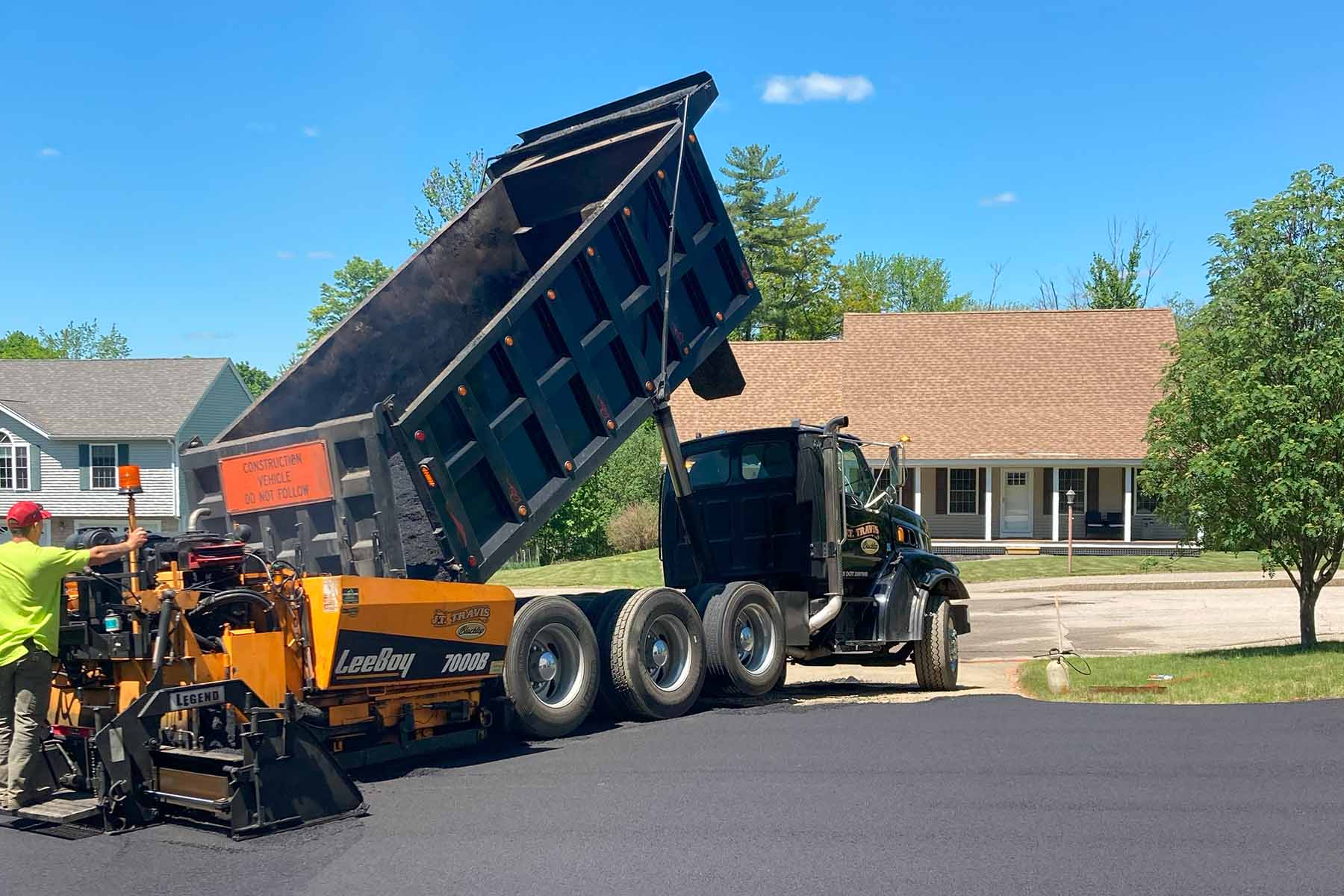The Evolution of Blacktop Paving: From Ancient Roads to Modern Driveways

Blacktop paving has a rich history dating back to ancient civilizations where roads were first constructed to enable trade and travel. Over the centuries, advancements in technology and materials have transformed the way blacktop paving is done, leading to the development of modern driveways that are not only functional but also aesthetically pleasing. Let's take a closer look at the evolution of blacktop paving from ancient roads to the driveways we see today.
Ancient Roads: The Foundation of Blacktop Paving
Key Points:
- Ancient civilizations such as the Romans, Egyptians, and Mesopotamians were among the first to build roads using materials like stone, gravel, and sand.
- These early roads were essential for trade, communication, and military purposes, connecting major cities and facilitating the movement of people and goods.
- Roman roads, known for their durability and engineering prowess, set the standard for road construction with their use of a layered foundation and durable stone surfaces.
Ancient roads laid the groundwork for modern blacktop paving techniques, demonstrating the importance of a solid foundation and durable materials for long-lasting roads and driveways.
The Industrial Revolution: Innovations in Road Construction
Key Points:
- The Industrial Revolution brought about significant advancements in road construction, including the use of tar and asphalt for surfacing roads.
- John Loudon McAdam revolutionized road building with his "macadam" roads, which consisted of multiple layers of crushed stone and gravel compacted together.
- Thomas Telford, a Scottish engineer, introduced the use of concrete and iron in road construction, further improving road durability and longevity.
During the Industrial Revolution, road construction techniques evolved, leading to the development of smoother and more durable surfaces for roads and driveways.
Modern Innovations in Blacktop Paving
Key Points:
- Modern blacktop paving involves the use of asphalt, a mixture of aggregates and petroleum-based binders that provide a smooth and durable surface for roads and driveways.
- Advancements in asphalt technology have led to the development of various types of asphalt mixes, such as hot mix asphalt (HMA) and warm mix asphalt (WMA), each offering specific benefits in terms of cost, performance, and environmental impact.
- New techniques like infrared asphalt repair and recycled asphalt pavement (RAP) have made blacktop paving more sustainable and cost-effective, reducing waste and environmental impact.
Today, modern blacktop paving techniques combine cutting-edge technology and sustainable practices to create driveways that are not only functional but also environmentally friendly.
Design and Aesthetics in Blacktop Paving
Key Points:
- Design considerations play a crucial role in modern blacktop paving, with homeowners and businesses opting for decorative elements like stamped patterns, colored asphalt, and exposed aggregates to enhance the visual appeal of their driveways.
- Advanced techniques like laser-guided paving and 3D modeling allow for precise and intricate designs in blacktop paving, creating unique and personalized driveways that stand out.
- Integration of landscaping elements such as borders, lighting, and greenery further enhance the aesthetics of blacktop driveways, blending them seamlessly with the surrounding environment.
Blacktop paving has evolved beyond functionality to become a form of artistic expression, with homeowners and businesses embracing design trends to create visually striking driveways that complement their properties.
Conclusion
From the ancient roads of civilizations past to the modern driveways of today, blacktop paving has come a long way in terms of technology, materials, and design. The evolution of blacktop paving reflects our continued quest for innovation, sustainability, and aesthetics in creating durable and visually appealing surfaces for roads and driveways. Whether it's a historical cobblestone street or a contemporary stamped asphalt driveway, blacktop paving continues to shape the way we travel and experience our built environment.